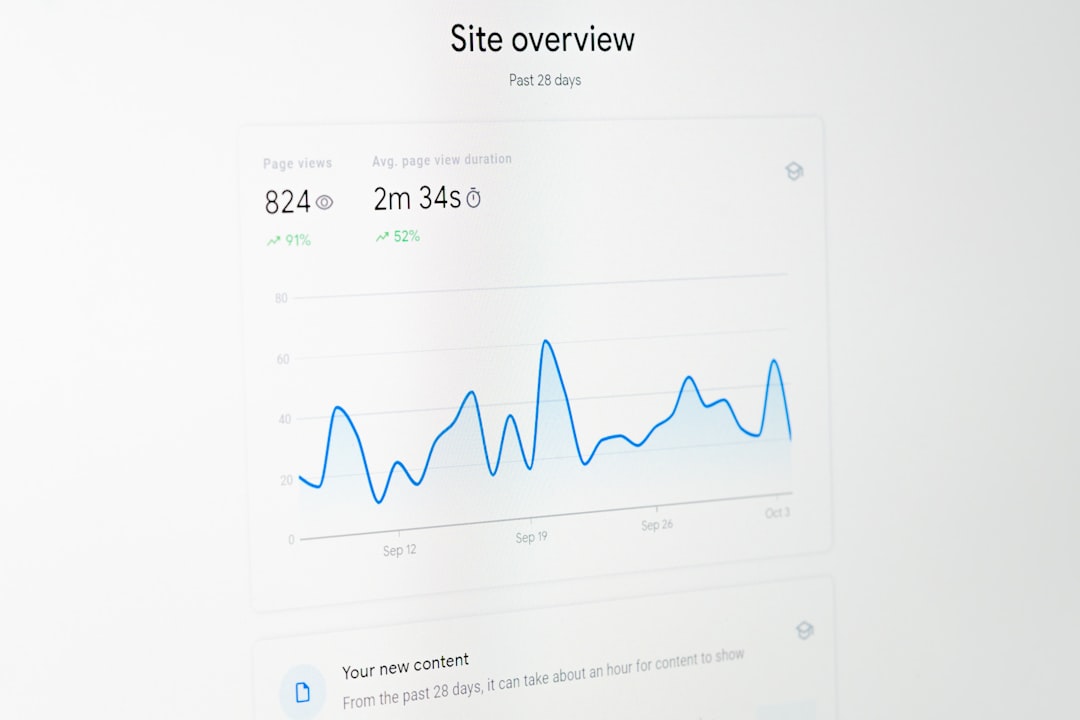Table of Contents
- Introduction
- Contextual background of Lamentations and its authorship
- Exegesis of Lamentations 3:22-23 in its literary context
- The significance of ‘steadfast love’ (chesed) in Hebrew culture
- Comparison with New Testament themes of God’s love (e.g., Romans 8:38-39)
- Contemporary examples: How modern music and literature reflect God’s steadfast love
- The role of hope in the midst of suffering, drawing parallels with today’s challenges
- The necessity of a Savior as depicted in these verses and reinforced in prevailing narratives
- Practical implications: Living out the understanding of God’s relentless love in daily life
- Conclusion
- Frequently Asked Questions
Introduction
In a world where uncertainty and chaos often overshadow our lives, the profound words of Lamentations 3:22-23 offer a lighthouse of hope: “Because of the Lord’s faithful love we do not perish, for His mercies never end. They are new every morning; great is Your faithfulness!” As we navigate the storms of life, these verses remind us that every dawn brings a fresh outpouring of God’s unwavering love and compassion, waiting patiently for us to embrace it.
What if you could tap into this endless reservoir of grace, finding strength and encouragement to face the challenges that lie ahead? The reality of God’s mercy is not just a comforting thought; it’s a transformative truth that can reshape our daily experiences. Join us as we dive deeper into the life-altering implications of His promise, exploring how we can fully embody the spirit of renewal each morning. Journey with us through the richness of His love, and discover how to let go of past burdens, welcoming each day as a new beginning grounded in faithfulness.
Are you ready to unlock the power of renewed hope every morning?
Contextual background of Lamentations and its authorship
Lamentations is a book in the Old Testament, traditionally attributed to the prophet Jeremiah. It was written in the aftermath of the destruction of Jerusalem in 586 BCE, following the Babylonian conquest. This historical context is crucial as it captures the deep sorrow and mourning of the Jewish people over the loss of their city and temple, which were central to their identity and faith.
The book is composed of five poetic laments, each reflecting different aspects of grief, despair, and yearning for restoration. Jeremiah, often termed the ‘Weeping Prophet,’ is believed to have penned these verses as an expression of not only personal sorrow but also as a communal lament for the sins of the people and the consequences they faced.
The themes of lament, loss, and ultimately hope permeate throughout the text. The passage Lamentations 3:22-23, highlighting the steadfast love of the Lord, serves as a poignant reminder of God’s unwavering mercy even in the darkest of times. This duality of despair and hope creates a powerful narrative that resonates with human experience.
Exegesis of Lamentations 3:22-23 in its literary context
The verses Lamentations 3:22-23 are part of a profound poetic lament that reflects the sorrow and desolation experienced by the people of Jerusalem following its destruction. Written in a time of crisis, this book provides an intimate glimpse into the struggles of the Israelites, as they grapple with loss, suffering, and the consequences of their actions. The literary context reveals a distinct shift in tone within the chapter. While the earlier verses convey despair and hopelessness, verses 22-23 introduce a powerful affirmation of faith in God’s unwavering love.
The phrase ‘The steadfast love of the Lord never ceases’ highlights the divine nature of God’s love, which remains constant despite human suffering. This literary device serves to contrast the harsh realities faced by the people with the unchanging mercy of God. The repetition of the concepts of ‘mercy’ and ‘faithfulness’ emphasizes their significance in the context of restoration and hope. These verses provide a glimmer of light amid the darkness, suggesting that, even in the depths of despair, believers can find solace in the enduring love of God.
The significance of ‘steadfast love’ (chesed) in Hebrew culture
The term ‘steadfast love’ translates to ‘chesed’ in Hebrew, which holds significant weight in Hebrew culture. It encompasses notions of loyalty, kindness, and unwavering devotion, often extending beyond mere emotion to encompass action. In ancient Israel, ‘chesed’ represented a covenantal love, one that was steadfast and unconditional, reflecting a commitment to uphold relationships with others as well as with God.
In the Hebrew Scriptures, God’s ‘chesed’ towards His people is frequently highlighted, suggesting that His love is not only enduring but also characterized by mercy and compassion. This profound sense of divine loyalty serves as a foundation for the Israelites’ understanding of their relationship with God.
Moreover, ‘chesed’ often informs interpersonal relationships, advocating for acts of kindness and justice within the community. Hebrew culture places a strong emphasis on social responsibility and the treatment of others, indicating that the practice of ‘chesed’ is essential for fostering a harmonious society. Through these dynamics, ‘steadfast love’ becomes a guiding principle, integral to both individual conduct and communal life in Hebrew culture.
Comparison with New Testament themes of God’s love (e.g., Romans 8:38-39)
The steadfast love of the Lord, as expressed in Lamentations 3:22-23, resonates with the profound themes of God’s love found in the New Testament. One notable passage is Romans 8:38-39, where the Apostle Paul articulates that nothing can separate us from the love of God. This declaration mirrors the unending nature of God’s love highlighted in Lamentations, demonstrating that His love is consistent, reliable, and ever-present, even in times of suffering.
Both texts emphasize the depth and permanence of God’s love. While Lamentations reflects a period of mourning and despair, Romans speaks to the victorious nature of God’s love that triumphs over all adversities. In Lamentations, the assurance of God’s love serves as a beacon of hope amid turmoil. Similarly, Romans assures believers that regardless of circumstances—be it tribulation, persecution, or even death—God’s love remains unwavering.
Thus, the themes converge beautifully, painting a holistic picture of a God whose love is both a source of comfort in despair and an empowering force that nothing can diminish.
Contemporary examples: How modern music and literature reflect God’s steadfast love
Contemporary music and literature often echo the theme of God’s steadfast love, reflecting the timeless nature of this biblical truth. Many modern worship songs draw directly from the idea that God’s love is unending and unwavering. For example, artists like Chris Tomlin and Lauren Daigle have penned lyrics that emphasize hope and resilience, directly linking their messages to the unwavering love of the Lord as expressed in Lamentations 3:22-23. These songs not only uplift individuals but also build communities of faith around shared experiences of divine love.
In literature, authors such as Max Lucado and Francis Chan explore personal and collective experiences of God’s love through narratives that illustrate grace and forgiveness. Their writings often reassure readers that despite life’s challenges, God’s love remains a constant presence. Contemporary novels also tackle themes of redemption and reconciliation, showcasing characters who experience transformation through love and grace. This mirrors the message found in Lamentations, where the assurance of God’s faithfulness serves as a source of comfort and strength amidst life’s trials.
The role of hope in the midst of suffering, drawing parallels with today’s challenges
Hope plays a crucial role in navigating through suffering, acting as a beacon of light during our darkest moments. In the context of Lamentations 3:22-23, where it is stated that ‘the steadfast love of the Lord never ceases,’ we see the foundation of hope rooted in faith. This scripture reassures us that even amidst trials, there exists an unwavering love that can provide solace and strength.
Today’s challenges—be it social injustice, health crises, or personal loss—often leave individuals feeling overwhelmed and despondent. However, fostering hope can lead to resilience and fortitude. Rather than succumbing to despair, people can find courage in the belief that their hardships are temporary and that better days are ahead.
Similar to the biblical message of enduring love through sorrow, contemporary society encourages the cultivation of hope as a means to cope with adversity. Stories of recovery, community support, and acts of kindness serve to inspire, demonstrating that hope can thrive even in the harshest circumstances, empowering individuals to navigate their challenges with renewed purpose.
The necessity of a Savior as depicted in these verses and reinforced in prevailing narratives
The verses from Lamentations 3:22-23 highlight the unwavering and steadfast love of the Lord, which serves as a powerful reminder of the necessity of a Savior in the lives of believers. This love is described as a constant presence, renewing each day, despite the trials and suffering one might endure. The acknowledgment of this divine love speaks to the human condition, where feelings of despair and hopelessness often arise.
In prevailing narratives, the concept of needing a Savior is reinforced across various cultures and religious texts, emphasizing the universal struggle against sin, despair, and the yearning for redemption. These narratives often point to the idea that without a Savior, individuals are left to navigate their challenges alone, leading to a sense of isolation and struggle. The promise of God’s love offers comfort and hope, suggesting that a Savior is not just necessary for spiritual salvation, but also for emotional and relational healing.
As such, Lamentations poignantly illustrates that the steadfast love of God is intricately linked to the need for a Savior, highlighting the importance of this divine relationship in the journey of faith.
Practical implications: Living out the understanding of God’s relentless love in daily life
Understanding the steadfast love of the Lord as described in Lamentations 3:22-23 can have profound practical implications for daily living. This relentless love provides a foundation for individuals to approach life with hope and resilience, even amid challenges. Recognizing that God’s love never ceases encourages believers to embody that same love in their interactions with others.
It prompts acts of kindness, forgiveness, and compassion, reflecting the divine love that they experience.
In moments of difficulty, one can draw strength from the assurance that God’s mercies are new every morning, fostering a mindset of gratitude and optimism.
This perspective can help individuals navigate personal struggles, knowing they are not alone in their journey. Furthermore, understanding God’s unwavering love allows for deeper relationships with others, as individuals learn to love selflessly and authentically.
By living out this understanding, people can become beacons of hope in their communities, exhibiting a love that mirrors the grace they receive and encouraging others to experience the transformative power of God’s steadfast love in their own lives.
Conclusion
As we reflect on the profound message of Lamentations 3:22-23, let us embrace the comforting truth that the steadfast love of the Lord is a constant presence in our lives. In moments of despair, we are reminded that we are never alone; Christ is always with us, offering hope and comfort through His unchanging love. His arms are extended, inviting us to rest in His embrace and trust in His plan for our lives.
What is God saying to you in this moment? As you consider this question, think deeply about how His love manifests in your life and how it moves you toward hope. More importantly, what are you going to do about it? Will you accept His invitation to live in the assurance of His mercy? The choice is yours, and it can transform your daily walk, empowering you to extend this love to others and embody the hope that comes from knowing our Savior.
In every challenge you face, remember that God’s mercies are new every morning, and He stands ready to guide you through whatever lies ahead.















